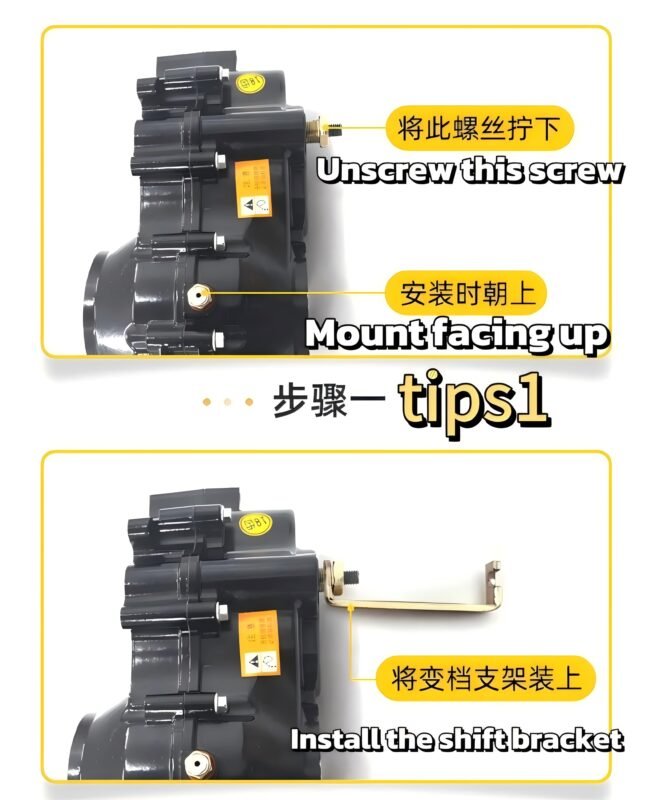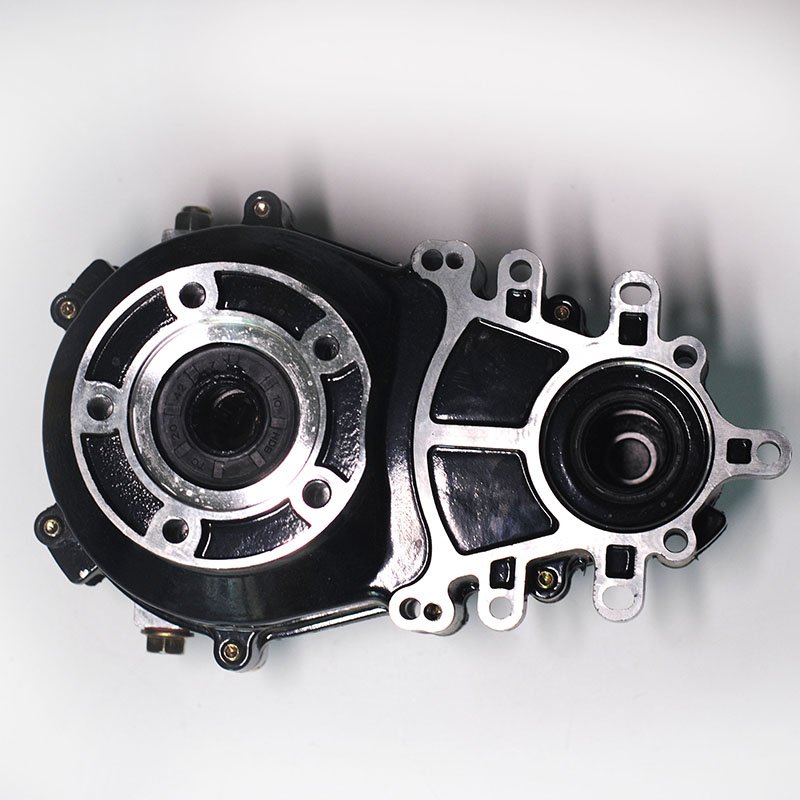In the realm of transportation, the humble tricycle stands as a testament to simplicity and utility. However, beneath its rustic charm lies a sophisticated piece of machinery that often goes unnoticed but plays a crucial role in its smooth operation – the differential. The differential on a tricycle is not just another component; it’s a marvel of engineering that adds immense value to the vehicle, both functionally and economically. Here’s why the differential of a tricycle is so valuable.
The Function of the Differential
To understand its worth, let’s first explore what a differential does. The differential is a gearbox that allows the wheels of a tricycle to rotate at different speeds when cornering. When a tricycle turns, the outer wheel travels a longer distance than the inner wheel. Without a differential, both wheels would be forced to rotate at the same speed, causing friction, wear, and potentially damaging the wheels or axles.
The differential addresses this issue by allowing the wheels to rotate independently, thus maintaining traction and minimizing wear. This functionality is crucial for maneuverability and safety, especially on uneven surfaces or tight turns. In essence, the differential enables the tricycle to navigate through various terrains with ease, preserving its operational integrity.
Engineering Precision
The construction of a differential involves intricate gearing and bearings, requiring high precision and robust materials. Each component must fit perfectly to ensure smooth operation and durability. This precision is a result of extensive research, development, and testing, reflecting the engineering prowess invested in its creation.
Moreover, the differential is often designed to withstand heavy loads and constant use, making it a testament to reliability. Its ability to perform consistently under demanding conditions adds to its overall value, as it extends the lifespan of the tricycle and reduces maintenance costs.

Economic Implications
The economic value of a differential is multifaceted. Firstly, it enhances the tricycle’s overall performance, making it more appealing to consumers. A tricycle with a well-functioning differential is smoother to ride, more maneuverable, and more durable, making it a better investment in the long run.
Secondly, the differential is a key component in determining the resale value of a tricycle. A tricycle with a faulty or worn-out differential is likely to fetch a lower price, as it compromises the vehicle’s functionality and reliability. Conversely, a tricycle with a well-maintained differential retains its value better, making it a more attractive option for potential buyers.
Innovation and Advancement
As technology progresses, so does the design and functionality of differentials. Modern differentials incorporate advanced features such as limited-slip differentials, which enhance traction in slippery conditions, or torque-sensing differentials, which optimize power distribution between the wheels based on real-time driving conditions.
These innovations not only improve the performance of tricycles but also raise the bar for engineering excellence. The continuous advancement in differential technology underscores its value as a pivotal component in the evolution of transportation.

Conclusion
In summary, the differential of a tricycle is a highly valuable component that contributes significantly to the vehicle’s functionality, reliability, and economic performance. Its engineering precision, durability, and role in enhancing maneuverability and traction make it an indispensable part of any tricycle. As technology advances, the differential continues to evolve, setting new benchmarks for engineering excellence and underscoring its indispensable role in the world of transportation. So, the next time you see a tricycle gliding smoothly through the streets, remember the unsung hero beneath it – the valuable differential.
